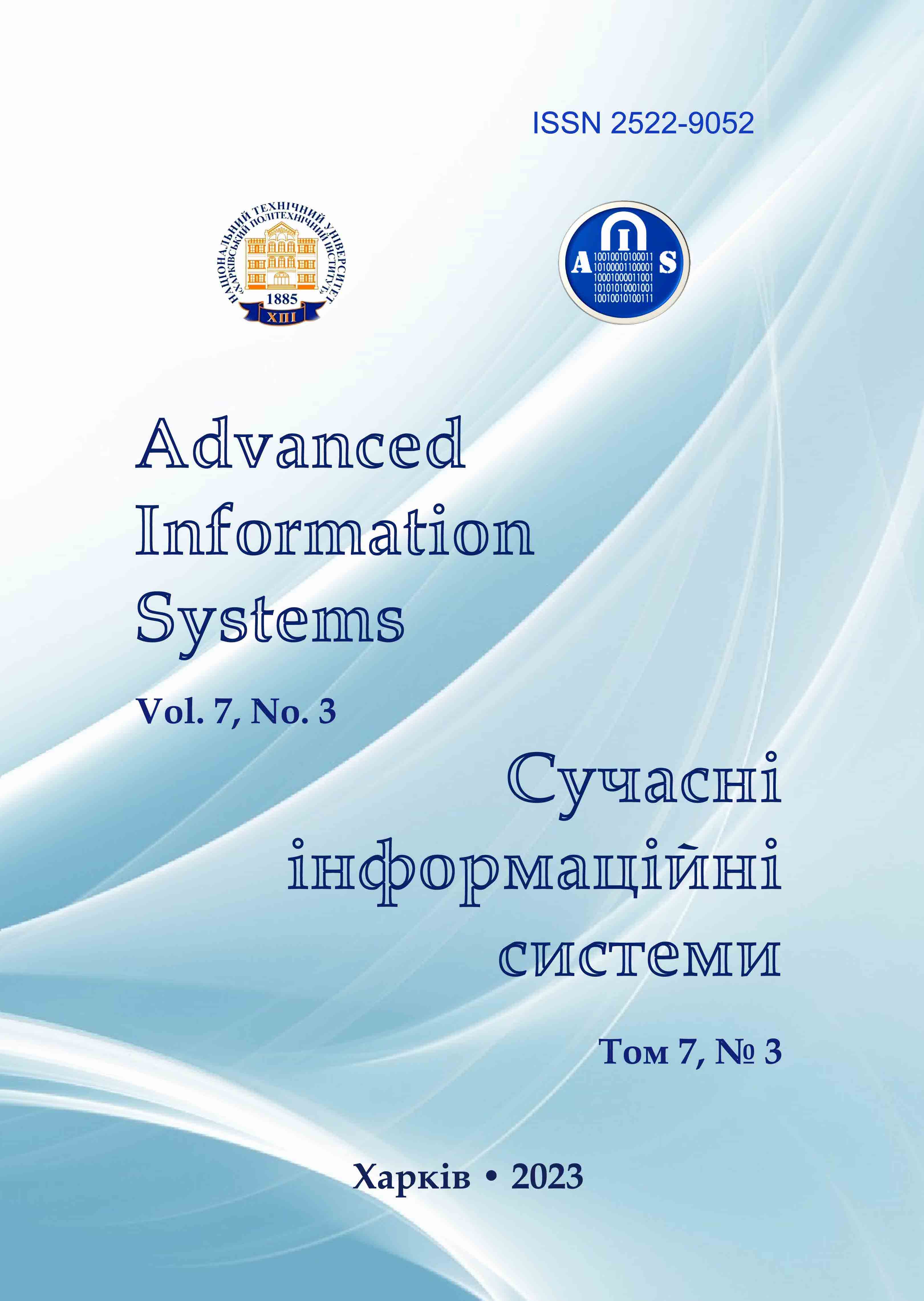METHODOLOGY FOR MODELING THE SPREAD OF RADIOACTIVE SUBSTANCES IN CASE OF AN EMERGENCY RELEASE AT A NUCLEAR POWER PLANT
Main Article Content
Abstract
The methodology for modeling the propagation of accidental releases of radionuclides from a power unit of a nuclear power plant has been developed. The calculation method takes into account the most critical factors propagation cloud - wind direction and speed, the intensity of the release radionuclides change: semi-continuous release, long-term release, instantaneous release. Diffuse processes and the presence of interference in the form of buildings were also taken into account. To solve the modeling equation of the aerodynamic model, the velocity potential equation is solved. The use of this equation instead of the traditional Novier-Stokes equation makes it possible to rationalize the calculation process in terms of the speed obtaining simulated data. To build a numerical model, a rectangular difference grid is used. The velocity potential and the quantities values of volumetric activity are determined at the centers of difference cells. The value of the airflow velocity vector component is determined on the sides of the difference cells. A finite-difference splitting scheme is used for numerical integration of the equation convective-diffusion transfer radionuclides. A computer code was developed on the basis of the constructed numerical model, the programming language Fortran was used. The approach used makes it possible to reduce the time for obtaining one scenario of an accident development. The cloud propagation dynamics determining is carried out almost in real time. This allows you to quickly respond to changing situations and make adequate decisions.
Article Details
References
Hossny, K., Villanueva, W. and Wang, H.D. (2023), Distinctive physical insights driven from machine learning modelling of nuclear power plant severe accident scenario propagation, Scientific Reports 13, Article number: 930, doi: https://doi.org/10.1038/s41598-023-28205-y.
Yang, Zhiyi, Li, Fengchen and Chai, Guohan (2022), “Status and Perspective of China’s Nuclear Safety Philosophy and Requirements in the Post-Fukushima Era”, Frontiers in Energy Research, Vol. 9-2021, doi: https://doi.org/10.3389/fenrg.2021.819634.
Marko, Bohanec, Ivan, Vrbanić, Ivica, Bašić, Klemen, Debelak and Luka, Štrubelj. (2020), “A decision-support approach to severe accident management in nuclear power plants”, Journal of Decision Systems, vol. 29, issue sup1: Making sound decisions under pressure, pp. 438‒449, doi: http://doi.org/10.1080/12460125.2020.1854426.
Mikko, Voutilainen, Tuomas, Peltonen, Antti, Ukkonen, Aleksi, Mattila, Tomi, Routamo, Maarit and Muikku, Pia, Vesterbacka (2022), Potential consequences of hypothetical nuclear power plant accidents in Finland. STUK-A 268, MAY, 120 p., URL: https://www.julkari.fi/bitstream/handle/10024/144398/STUK-A268_Potential_consequences_of_hypothetical_nuclear_power_plant_accidents_in_Finland.pdf?sequence=1&isAllowed=y.
Shuliang, Zou and Na, Liu, Binhai Huang (2021), “Study on Airborne Radionuclide Dispersion in Floating Nuclear Power Plant under the Loss-of-Coolant Accident”, Science and Technology of Nuclear Installations, article ID 1299821, doi: https://doi.org/10.1155/2021/1299821.
Abe, T., Yoshimura, K. and Sanada, Y. (2021), “Temporal Change in Atmospheric Radiocesium during the First Seven Years after the Fukushima Dai-ich Nuclear Power Plant Accident”, Aerosol Air Qual. Res., vol. 2021, iss. 7, 200636, doi: https://doi.org/10.4209/aaqr.200636.
Sato, Yuki and Terasaka, Yuta (2023), “Radiation imaging of a highly contaminated filter train inside Fukushima Daiichi Nuclear Power Station unit 2 using an integrated Radiation Imaging System based on a Compton camera”, Journal of Nuclear Science and Technology, vol. 60, is. 8, pp. 1013–1026, doi: https://doi.org/10.1080/00223131.2022.2159894.
Osamu Kontani, Takashi Okayasu, Keishi Kawasumi, Shunsuke Ishikawa, Hiroshi Masaki, Norihiko Tanaka, Yasuyuki Goto, Shinichi Ishioka. (2022), Effects of Severe Accident Conditions on Integrity of RPV Pedestal of Fukushima Daiichi Nuclear Power Plant, Journal of Advanced Concrete Technology. Vol. 20, Iss. 7. PР. 444‒483. doi: https://doi.org/10.3151/jact.20.444.
